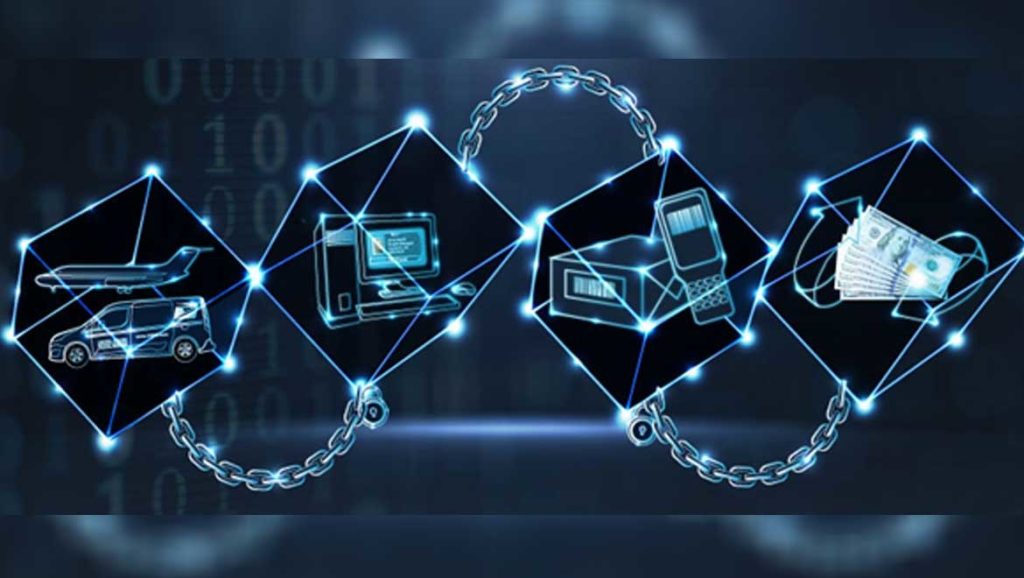Cyberattacks are becoming more sophisticated, causing data breaches and other problems that are costly for organizations. These attacks often exploit centralized IT infrastructure and edge devices such as smart switches or thermostats.
Blockchain technology can solve these security issues, giving businesses a better chance to beat hackers on their own terms.
Decentralization
With cyberattacks occurring at an ever-increasing pace, security professionals have to think of new ways to protect their organizations’ data and assets. One such way involves decentralizing cybersecurity.
The goal of decentralizing cybersecurity is to spread out responsibilities for protecting digital assets across multiple teams, rather than relying on a single team to handle all aspects of the program. This is an important shift because it allows for greater agility and a better ability to react to threats in real-time.
However, implementing this paradigm shift is not without its challenges. Fifty-six percent of CISOs in EY’s 2021 Global Information Security Survey said their teams were consulted late or not at all when company leaders make time-sensitive technology decisions, and many IT professionals believe it can be difficult to keep up with the speed at which these technologies are being rolled out.
Transparency
A Blockchain system stores information in a distributed database, which makes it more difficult to tamper with. Additionally, the data is spread across a network of nodes that validate and verify transactions. This ensures that the information is correct and secure.
Blockchain can help protect critical infrastructure by preventing hacker access to key systems. It can also ensure that organizations are following cyber hygiene practices and adhering to government regulations. It can even be used to authenticate software updates and hardware devices, which is a great way to prevent malicious “updates.”
Despite its advantages, blockchain has some limitations. For example, it can create roadblocks due to platform misconfiguration and communication issues. Additionally, it is important to use a trusted third party for backup storage to avoid theft of private keys. However, it is unlikely that these challenges will prevent blockchain from becoming a major cybersecurity technology. Moreover, its growing adoption has inspired a number of companies to develop security tools based on this technology.
Trust
Trust is a key component of cybersecurity, and any breach and disclosure threatens that trust. It can also impact a business’s reputation and revenue, but there are ways to rebuild that trust, such as through the use of blockchain.
Blockchain offers transparency and accountability. Public blockchains allow anyone to see immutable transactions and the ledger’s history. Permissioned blockchains, on the other hand, offer a higher level of security and only permit known organizations to join.
Additionally, blockchains remove a single point of failure by spreading information and data across a network. This helps to reduce the risk of attacks like Distributed Denial of Service (DDoS), which rely on a single focal point to redirect users. This allows blockchain to help protect IoT devices and other connected systems. It is important for businesses to work with product and platform builders to first identify the problems, interactions, and tradeoffs for new security capabilities before implementing them on a blockchain-based system.
Accountability
Blockchain is a system that allows information to be stored and shared securely. It also eliminates a single point of failure, since the data is constantly reconciled by thousands or millions of computers. It is also tamper-proof and highly resistant to attack, as it can only be altered when a majority of network nodes agree on the changes.
Cyberattacks are growing more frequent, sophisticated and financially devastating, costing businesses billions each year. Hackers are able to target large networks, exploiting weaknesses like passwords and centralized infrastructure.
By using blockchain technology, cybersecurity can be enhanced by removing a central administrator and allowing end user devices to verify security protocols. This is a way to combat hackers on their own terms and stop them from stealing valuable assets. It can also prevent fraud by enabling secure transactions. This includes tracing the provenance of products, eliminating the need for centralized servers. In addition, the blockchain can be used to authenticate users and devices without the need for passwords.






More Stories
How to Check Internet Speed
Could a Virus Destroy the Internet?
How to Choose the Best Internet Provider in Your Neighborhood